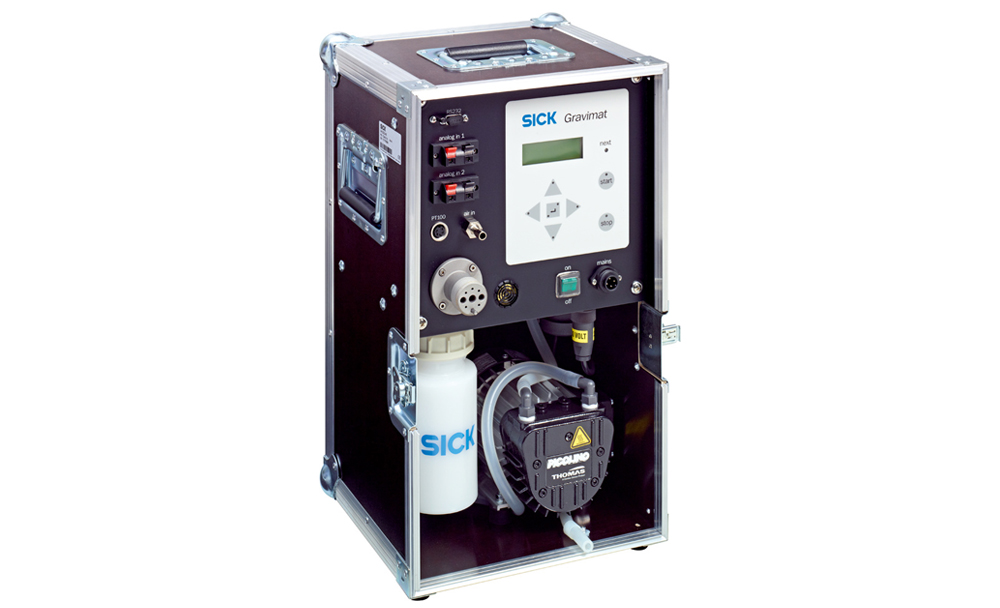SICK is setting new standards in dust measurement with its rugged and low-maintenance measuring devices for detecting and monitoring dust concentrations. All dust measuring devices are easy to integrate into existing applications – and offer straightforward installation and commissioning along with user-friendly operation.
DUST MEASURING DEVICE
Scattered light dust measuring devices

Light scattering by dust particles is a measurement principle that allows even very low concentrations of dust to be detected. Depending on the system-specific requirements, either forward scattering or backward scattering can be used in this context.
Both measurement principles return stable and reproducible measurement results, regardless of the gas velocity, humidity, or dust particle charges.
Transmittance dust measuring devices

Maintaining a clear sightline even when dust concentrations are high. Transmittance dust measuring devices transmit light through the entire duct. With this type of measurement, light attenuation indicates the concentration of dust inside the duct.
These measuring devices are specially designed for medium to high dust concentrations and large duct diameters.
Consequently, they are equally suited to emission and process monitoring as they are to hall monitoring applications.
Gravimetric dust measuring devices

Gravimetric dust measurement devices extract a partial gas flow from the duct under predefined conditions and use a filter to separate out the dust particles.
The amount of dust is ascertained by weighing the filter. The differential pressure is measured to determine the extracted volume.
These two values are then used to calculate the concentration of dust in the duct with a high level of accuracy.
Gravimetric dust measurement is ideal for calibrating other dust measuring devices and for taking the kinds of comparative measurements that are required by the relevant authorities.
